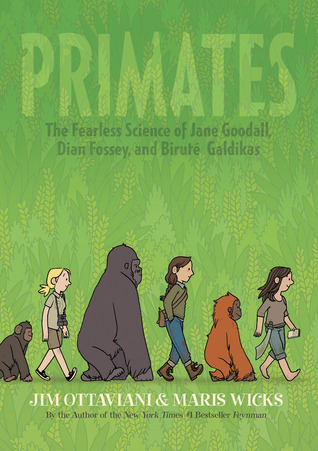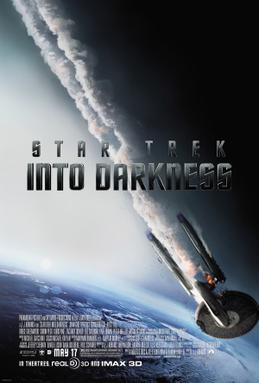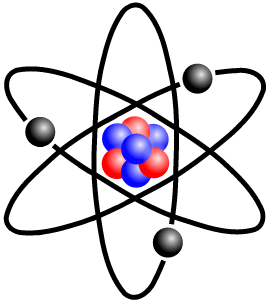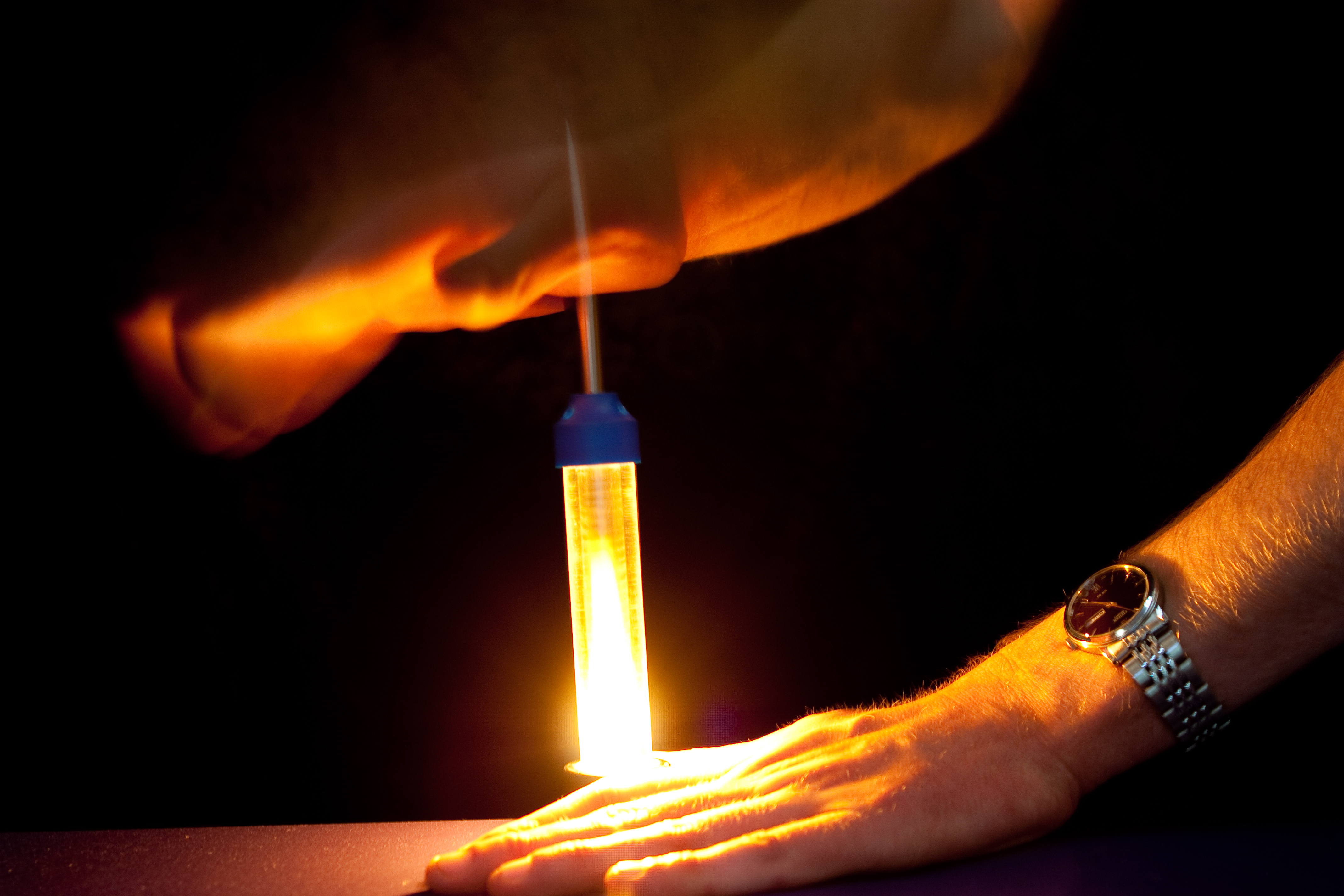I live close to Detroit so I always have to hear about horsepower this, horsepower that. I prefer dinosaurs, though, so my question is this: How many Dryptosauruspower is under the hood of a beautiful, split-windowed, 1963 Corvette Sting Ray Coupe?
The whole point of "units" is to provide a convenient means of comparing quantities. Despite most scientists' insistence that the United States convert to metric units, there's nothing fundamentally special about meters and kilograms. You're perfectly welcome to continue measuring distance with a dead king's foot provided you don't mind remembering more complicated unit conversions. Still, perhaps it's better to have units we can all relate to. With that in mind, Mr. Ottaviani's question is a particularly useful one because the term horsepower is, at least for those of us in urban areas, a bit of an anachronism.1 According to Wikipedia,
The development of the steam engine provided a reason to compare the output of horses with that of the engines that could replace them. In 1702, Thomas Savery wrote in The Miner's Friend: "So that an engine which will raise as much water as two horses, working together at one time in such a work, can do, and for which there must be constantly kept ten or twelve horses for doing the same. Then I say, such an engine may be made large enough to do the work required in employing eight, ten, fifteen, or twenty horses to be constantly maintained and kept for doing such a work…"
In context, horsepower is a perfectly legitimate unit. If today an infomercial claims you'll lose weight three times faster with Bowflex than with a Shake Weight, than you could define
and in 100 years "shake weight" will be a legitimate unit of measure, not an utterly ridiculous punchline.
1 bowflex = 3 shake weights,
and in 100 years "shake weight" will be a legitimate unit of measure, not an utterly ridiculous punchline.
Much like with the shake weight, we could easily standardize dryptosauruspower as a unit provided we can find the correct conversion factor between it and horsepower. A dryptosaurus is thought to have weighed about 1.5 metric tons or roughly 3.3 times the mass of a horse. This would put it closer to the weight of a giraffe or hippopotamus. Giraffes eat about 75 pounds (34 kilograms) of food per day, while a hippo eats about 88 pounds (40 kilograms) of food per day. Since a dryptosaurus is about the same size, it likely eats about the same amount of food.2 Let's assume the typical dryptosaurus takes in about 80 pounds of food each day.
 |
It's bigger than you, so it eats a lot more.
|
A 1000 pound horse takes in about 30 pounds of food per day, roughly 2.7 times less than the dryptosaurus. Food is a source of energy. Power is the amount of energy used in a given amount of time. Since power is proportional to energy which is proportional to the amount of food, it should be true that the dryptosaurus is roughly 2.7 times more powerful than a horse.3 We could use the following equation to convert from horsepower to dryptosauruspower:
1 dryptosauruspower = 2.7 horsepower
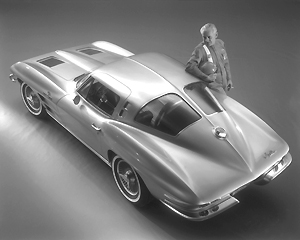 |
| A 1963 Corvette Sting Ray Coupe with 100-dryptosauruspower |
Depending on what kind of engine is installed in your Corvette, you could have a variety of different horsepowers. According to Wikipedia, typical values range from 250- to 340-horsepower. Using our conversion equation above, the horsepower of a 1963 Sting Ray Corvette ranges from 93- to 130-dryptosauruspower.
Thanks for a great question, Jim! You can find out more about Jim Ottaviani and his books at G. T. Labs or on Twitter.
Aaron Santos is a physicist and author of the books How Many Licks? Or How to Estimate Damn Near Anything and Ballparking: Practical Math for Impractical Sports Questions. Follow him on Twitter at @aarontsantos.
[1] There are those who might ask why we would want to convert to dryptosaurus power since the dryptosaurus, having lived over 60 million years ago, is an even greater anachronism than the horse. A fair point, Dear Reader, to which I have two responses. (1) Dinosaurs are awesome, and (2) horses suck.
[2] I am, of course, making a big assumption here by assuming food intake is related to body size. The difference between dryptosaurus and a giraffe could be substantial given that one is a carnivorous reptile and the other is a vegetarian mammal. Even within one species, you can have a pretty wide range of values for caloric intake. For example, I'm pretty sure I eat about twice as many calories each day as my wife does. That said, the caloric need for similarly-sized animals should be roughly the same to within an order of magnitude. We can see this by comparing the giraffe and hippo, two very different but similarly-massed creatures that take in roughly the same amount of food each day.
[3] Here, we're talking about the average power output as opposed to the peak power output, which is theoretically what we're quantifying when we talk about horsepower. These could be somewhat different, but I suspect they're still relatively close.
